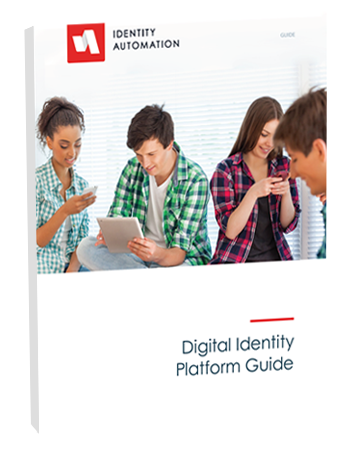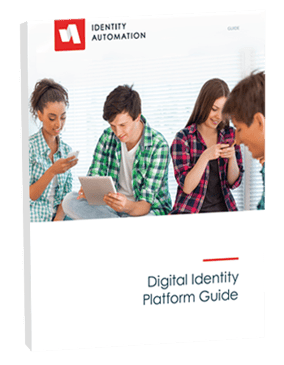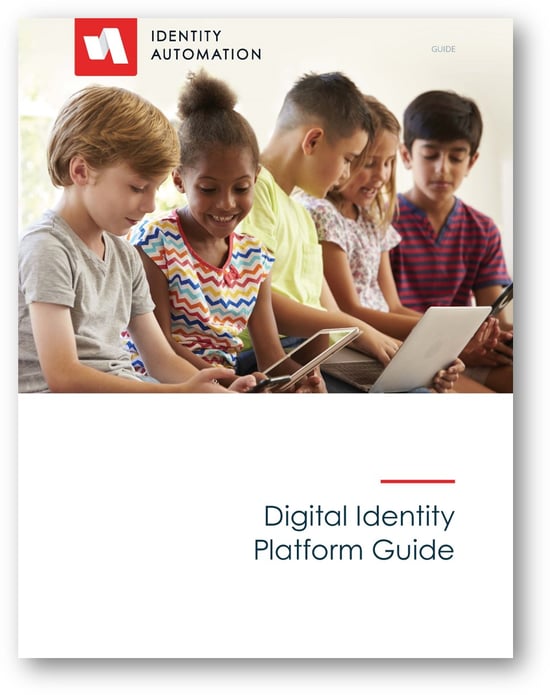Safeguard your digital learning environment.
A digital identity platform enables your students and staff to login to your systems, through one portal, using their one unique username and password. With one point of access instead of dozens, you can protect against cyberthreats much more effectively. The techniques that cybercriminals use to break into EdTech systems are less likely to succeed when you have centralized control over all your applications and the digital identities that access them.
Maximize instructional time.
Often, class and homework time is spent trying to login to the digital tools where learning happens. A digital identity platform also offers single sign-on, which enables users to login to every system they need using just one username and password. If they forget their credentials, they can immediately recover passwords and unlock accounts, on their own, without waiting for IT to come to the rescue.
Minimize the load on IT and EdTech teams
With a digital identity platform, IT teams can automate repetitive tasks like rostering, account on/off-boarding, provisioning, and deprovisioning. That means that IT can control who is on the edtech systems and make sure they have access to the tools they are supposed to access. By automating these tasks, IT can focus on more innovative projects and add new digital tools to your learning environment without the usual hassles or risks they can bring.
Today, a digital identity platform addresses the common IT issues that get in the way of learning. In the near term, a digital identity can catalyze new, innovative capabilities. These include:
- Responsive and predictive learning: Student digital identities aggregate information from all the disparate learning systems where academic, behavioral, demographic, relational, and lifestyle data is siloed. Using this data, educators can individualize learning to what students need at a given moment. They can also predict setbacks and intervene before they happen.
- Educational big data: With digital identities that contain rich, multifaceted data, educators can compare individuals and cohorts of students to understand the broader patterns and outcomes in their community. In K-12 education, for example, district leadership will be able to see when achievement gaps occur and why, without waiting on standardized test results.
- Data-driven innovation: Educators can measure how changes in policy, staffing, digital learning tools, and teaching techniques affect students. The digital identity platform can accelerate innovations that might otherwise take many years to test.




